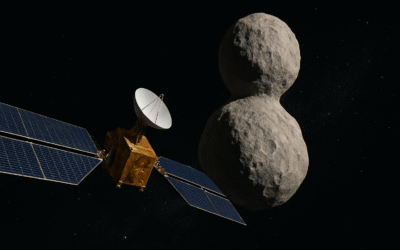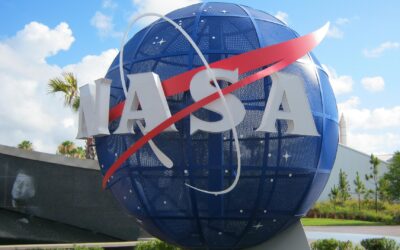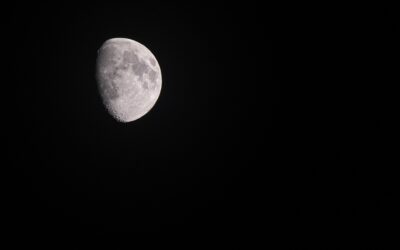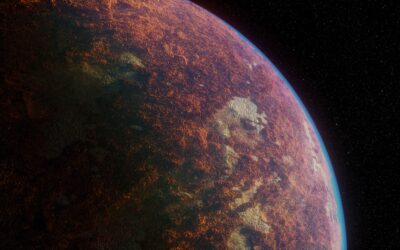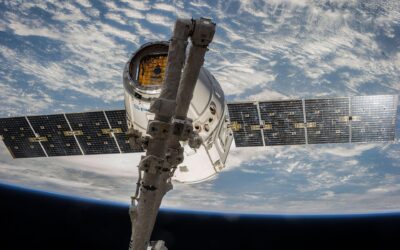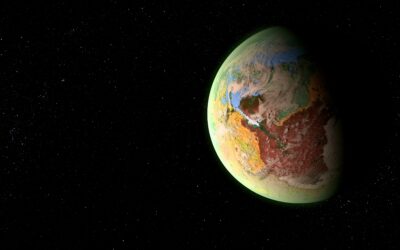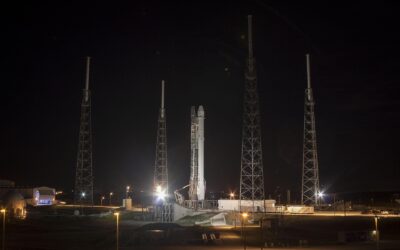
SpaceX to launch ninth Starship test flight on May 27 in pivotal step toward Mars
SpaceX is gearing up for the ninth test flight of its massive Starship launch system, scheduled for May 27, 2025, at 6:30 p.m. CDT (7:30 p.m. EDT / 2330 UTC). The launch will take place from Starbase, the company’s test and development facility in Boca Chica, Texas. This mission marks another critical milestone in SpaceX’s…



